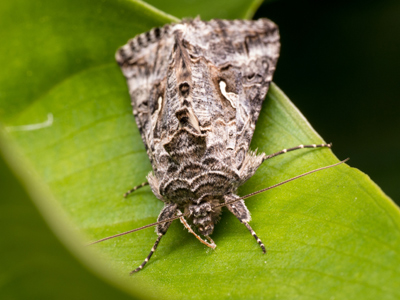
Biology - Evolution (AQA)
GCSE Science looks in depth at evolution. There are several aspects to this, such as competition and variation. This is the first of two quizzes on the topic and it looks in particular at Charles Darwin's theory of evolution and the process of natural selection.
Particular genes or accidental changes in the genes of plants or animals may give them characteristics which enable them to survive better. Over time this may result in entirely new species. There are different theories of evolution but Charles Darwin’s theory is the most widely accepted. His theory is based on natural selection or "survival of the fittest".
Variation of individuals of a species occurs naturally - variation makes you different from everyone else. If variation gives an animal an advantage in the wild, it is likely to live longer and have more offspring. It is likely that the variation is passed on to the offspring, making them more successful. Bad variations will mean that the individual is less successful and could even die so the individuals who are best adapted to the environment will survive. So as this carries on over a period of millions of years, animals and plants will slowly evolve through the process of natural selection.
Ready for more?
not all...
quizzers. Try to win a coveted spot on our Hall of Fame Page.







